The London FP&A Board met on 16 April 2024 to discuss the evolution of FP&A Business Partnering and the transformation journey to reach a mature FP&A Business Partnering state. 38 senior FP&A practitioners from companies such as Bank of England, J&J, Barclays, Financial Times, State Street, NHS Professionals, Global Fashion Group, Walgreen Boots Alliance, Orange Business, Vattenfall and many others attended the event.
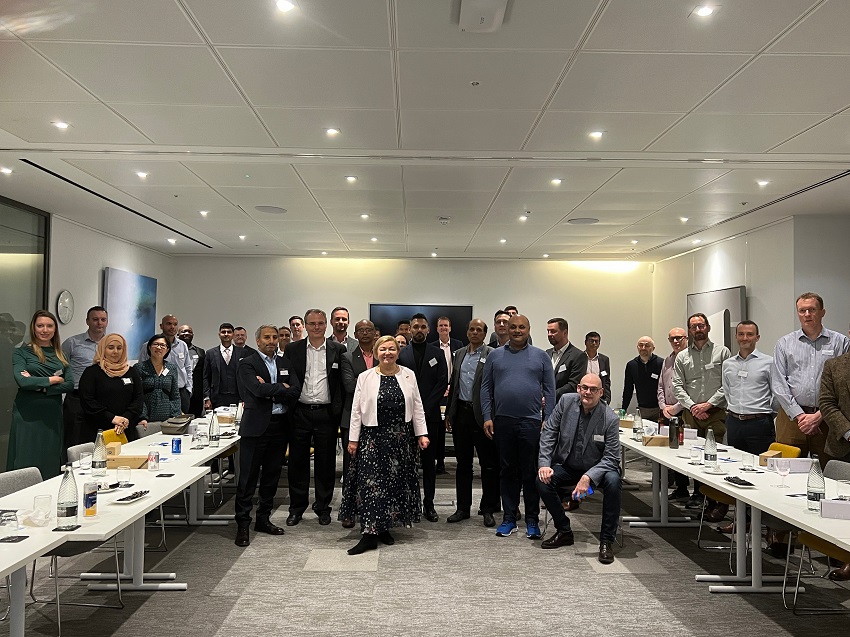
Figure 1: London FP&A Board №33 Participants, April 2024
The meeting was sponsored by OneStream in partnership with Michael Page and International Workplace Group.
The most important takeaways from this meeting are presented below.
Challenges for FP&A Business Partnering
The meeting began with the attendees’ insights on the biggest challenge they had encountered in FP&A Business Partnering. Issues with data, having the right skills (such as relationship building, influencing, commerciality, creativeness and leadership) in teams, and communications along with collaboration with stakeholders were the three biggest challenges identified. These aligned very much with the top five challenges FP&A professionals face identified in the 2023 FP&A Trends Survey.
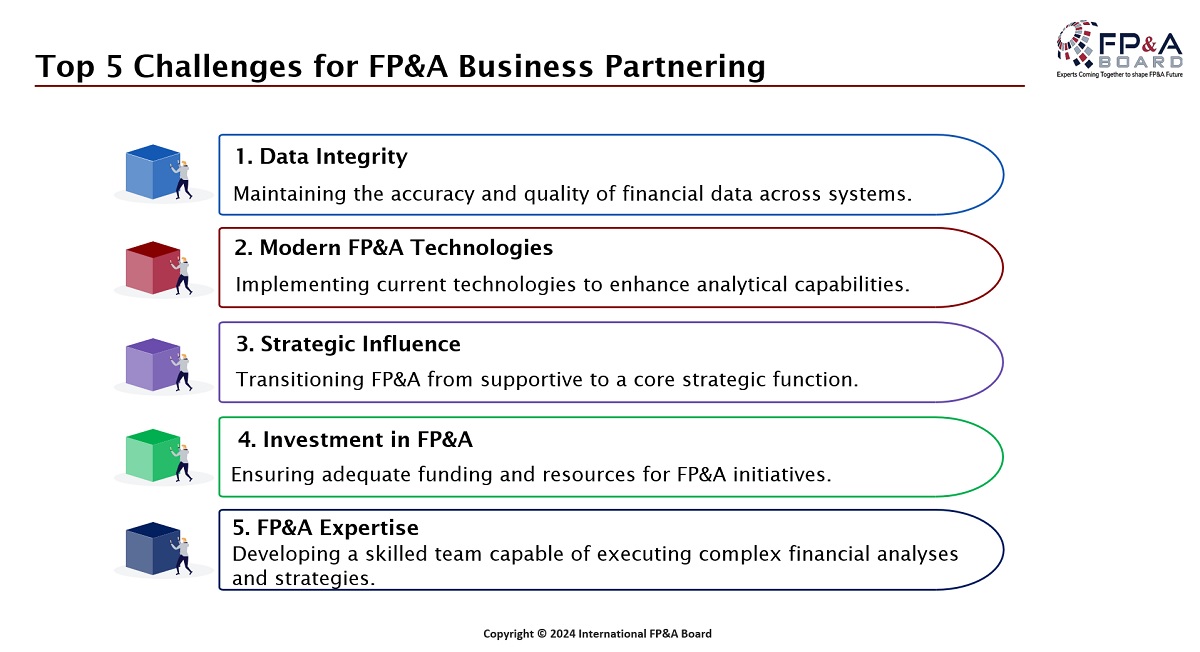
Figure 2
FP&A Business Partner: Evolution
The forum then considered the evolution of FP&A Business Partnering over the years and where it currently stood.
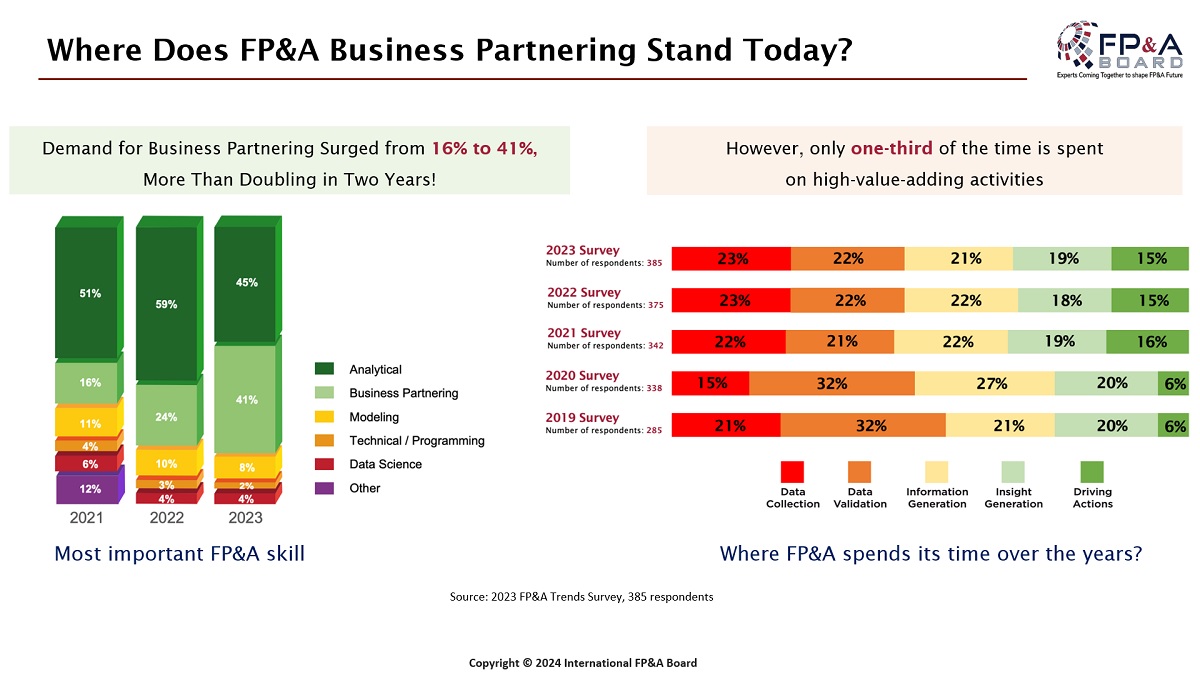
Figure 3
The 2023 FP&A Trends Survey shows that demand for Business Partnering has surged from 16% to 41%, more than doubling in two years, reflecting a greater recognition by businesses of the need for sound, informed decision-making support and the additional value brought by FP&A. However, FP&A teams continue to face challenges related to time distribution for value-adding activities such as generating insights and driving actions. Only a third of their time is spent on such activities, and this has not changed significantly over the last two years. We see encouraging signs in the adoption of Artificial Intelligence (AI) within FP&A to automate the generation of data analysis and visualisation, which should allow us to devote more time to insight generation, storytelling and influencing decision-making.

Figure 4
The survey also shows that whilst 37% of the businesses have an established FP&A Business Partnering function, only 7% of those are endorsed by the senior management and supported with advanced technology systems. Clearly, there is considerably more to be done by companies to establish sound value-adding FP&A functions. It would be interesting to find out why companies have underinvested in this critical business function.
Participants agreed that the FP&A Business Partner role was distinct from the Finance Business Partner role, as the first was more strategic and carried more influence in decision-making. FP&A Business Partnering is about telling the story behind the numbers, pushing beyond the usual to spark better decisions and drive real change within the company.
Key Attributes of FP&A Business Partnering
We also considered the key attributes of an FP&A Business Partner and the five FP&A team roles.
The soft and technical skills required from an FP&A Business Partner are depicted in the diagram below.
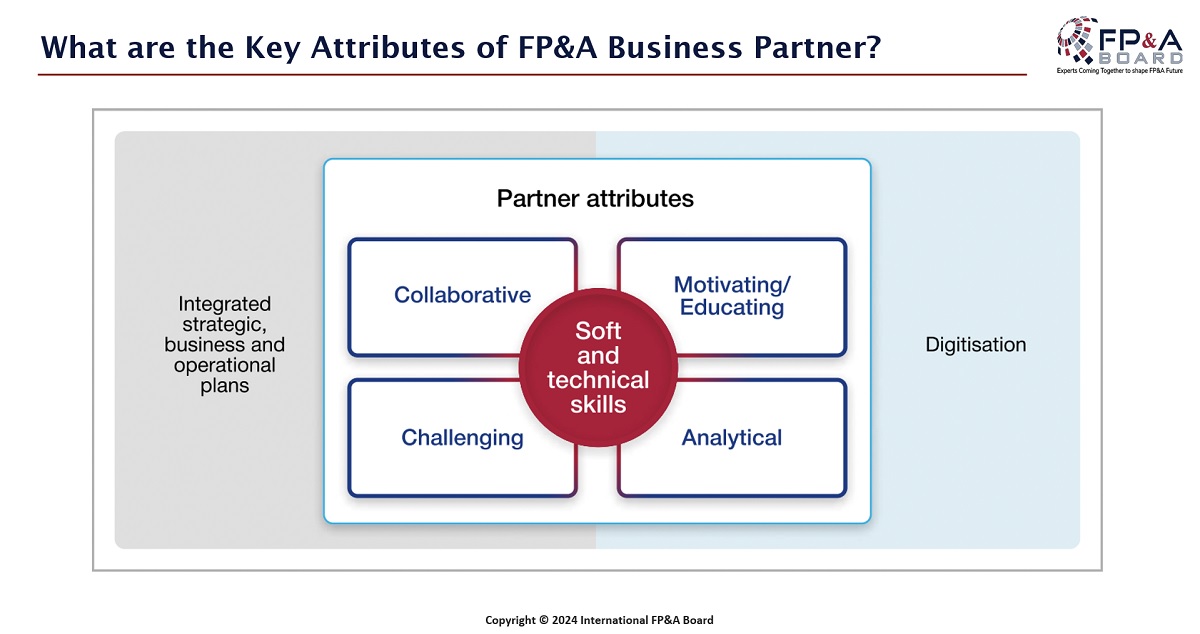
Figure 5
Effective FP&A Business Partnering can be delivered through the combined effort of specialists within an FP&A team responsible for specific tasks or activities. They are FP&A Analyst, FP&A Architect, FP&A Storyteller, FP&A Data Scientist, and FP&A Influencer.
FP&A Business Partnering Maturity Stages
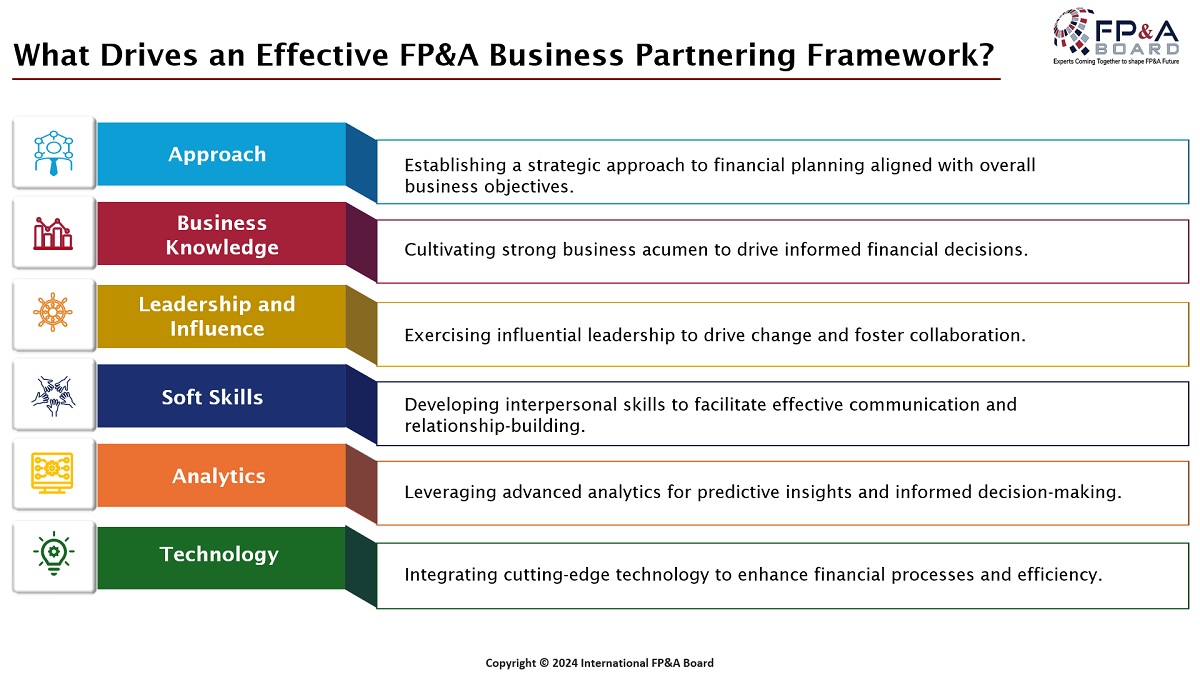
Figure 6
Harshana Amarasuriya, Global Head of FP&A-Clyde & Co, talked about the five FP&A Business Partnering maturity stages from the Reporter to the Strategic Partner and described his experience of this journey within Clyde. We discussed what drives an effective FP&A Business Partnering framework and concentrated on the six pillars within that: approach, business knowledge, leadership and influence, soft skills, analytics, and technology. These are reflected in the draft of the FP&A Trends Business Partnering maturity model, which is currently being developed. This model shows what activities can typically be seen at each level of maturity in developing, intermediate, and leading states. The attendees also discussed the four types of typical data analytics within businesses, what each represented, and how the FP&A team can utilise this to provide insight, storytelling and recommend actions.
Group Work: Key Components and Steps for Crafting a ‘best-in-class' FP&A Business Partnering Framework
Attendees were asked to provide their insights about the following questions in small groups:
- What are the pillars of top-tier FP&A Business Partnering?
- How can we develop our FP&A team for effective Business Partnering?
- How can modern technology enhance FP&A Business Partnering?
Pillars of top-tier FP&A Business Partnering
A clear goal or vision for the FP&A Business Partnering should be established by the business from which the pillars can be derived. Categorised broadly into people, processes and systems, the following were noted:
People
- Team structure, capabilities and competencies
Processes
- Storytelling/communication
- Commercial focus
- Networking across the business – inclusion and collaboration
- Influencing
- FP&A processes
Systems
- Adoption of fit-for-purpose technology/systems
- Suitably trained staff to apply technology
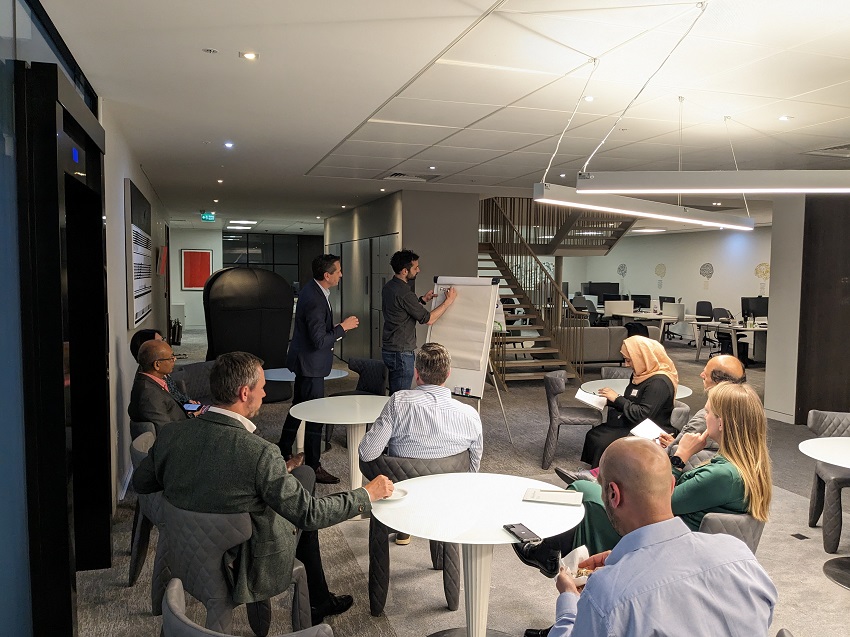
Figure 7: Group Work at London FP&A Board №33, April 2024
Developing FP&A Team for Effective Business Partnering
Effective FP&A Business Partnering requires demonstration of the following skills and knowledge:
- Define roles and responsibilities within the FP&A team
- Resilience
- Influencing
- Storytelling
- Curiosity and ability to challenge the status quo
- Operational business knowledge
- Appropriate skills and knowledge – decide on when to train staff or hire the needed skills/people

Figure 8: The Results of Group Work at London FP&A Board №33, April 2024
Modern Technology to Enhance FP&A Business Partnering
The main systems requirements that could enhance FP&A activities were considered to be:
- Having one platform to pull data together and analyse it
- Data visualisation to provide insights
- Use Artificial Intelligence (AI) to generate communications of insights; however, it would still require FP&A’s oversight to review/validate them
- Allow collaborative working with relevant stakeholders across the business.
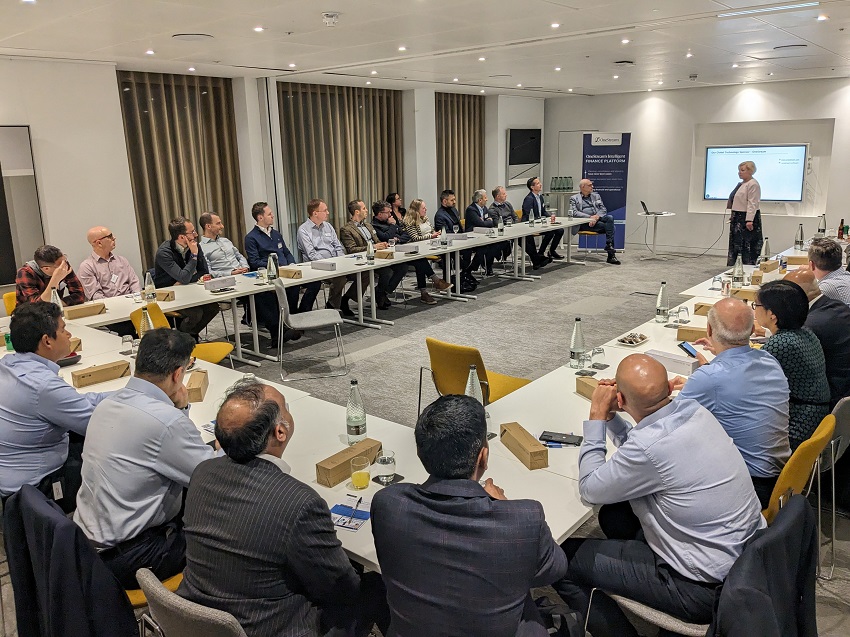
Figure 9: London FP&A Board №33 Participants, April 2024
The meeting concluded with lively networking, where the participants had an opportunity to forge newly established connections and speak to fellow business leaders.







